|
They are earthy, delicious, versatile, eco-friendly, economical, and packed with protein - there is not one reason not to love lentils and beans. I love them in soups, stews, salads, curries, burger patties and more. There are so many different varieties of them, and each and every one tastes unique. I will not be naming them all here, neither will I tell you how good they are for you because you already know that ;) Here, we shall discuss how to store, soak and cook your lentils and beans right. And if you have any further questions, simply leave them in comments below. STORING LENTILS AND BEANS: This humble super-food goes a long way - a bag-full of dried lentils/beans will last you a long time. So how do you store them right? If you go through your dried lentils/beans within a few months of opening them, you can store them at room temperature in airtight containers in your pantry or storage cupboard. In cold countries, they can sit out for months on end, however in hot and humid Singapore they eventually do get infested with weevils. Just like rice and pasta, I throw in a few dried bay leaves in each one of my lentil jars, to keep these nasty bugs at bay. Once cooked, fresh lentils can be refrigerated for up to a week, and canned lentils will last up to 3-4 days in the fridge. SO SHOULD I ALWAYS SOAK MY LENTILS AND BEANS BEFORE COOKING? Hmmm... It really depends on the size of your lentils. Smaller lentils like Moong dal (split yellow lentils) and Toor dal (split pigeon peas) break down quickly during the cooking process, and therefore can be cooked without soaking (that is, if you forget to soak them or just don't have the time). Larger lentils like Chana dal (gram lentils), on the other hard, are slightly more tough and therefore soaking them for about an hour reduces the cooking time substantially. Beans, on the other hand, have an outer, protective layer of skin and therefore, should always be soaked overnight or for at least 8 hours before cooking. I usually get rid of the soaking water and add a batch of fresh water before cooking my lentils/beans. This ensures a few things: - Any lentils/beans infested with weevils float to the top and can be discarded. (make sure your bag is not badly infested with these nasties, in which case throw away the entire batch) -Soaking lentils/beans and discarding the soaking water reduces the amount of oligosaccharides contained in them, reducing the number fo nasty farts you may emit later on 💨. -Soaking also reduces the amount of anti-nutrients contained in lentils/beans, which means you can absorb certain nutrients better and get full nutritional value from them. HOW LONG DO I COOK MY LENTILS AND BEANS FOR? Again, the cooking time also depends on the size of the lentils. Smaller lentils (if pre-soaked for about an hour) take between 10-20 minutes to cook in a saucepan. Larger lentils can take between 20-30 minutes to fully cook in a saucepan. If you'd like to cook your lentils al-dente for a particular recipe (like for lentil salad), they will need to be cooked for 5-15 minutes, depending on their size. Simply keep an eye when boiling the lentils, try them as you go and drain them as soon as you think they are ready. Beans take much longer to cook due to their outer shell, and should always be soaked overnight. Once done, drain soaking water and add a batch of fresh water before placing the saucepan on your stove top. Bring to the boil, reduce heat, and simmer for anywhere between 1-2 hours, depending on the size and maturity of your beans. A pressure cooker is a life-saver when it comes to cooking beans. And, if you are a regular bean-eater like me, it is the best investment you will ever make. Pressure cookers last a long time if used properly, and there is absolutely no need to be scared of them anymore. The lethal-looking piece of cookware, with a loud, out-of-tune whistle sitting like a crown on its head, is a thing of the past. Now-a-days these babies come in fancy colors, shapes and with safety whistles that sound more than a hiss rather than a bomb. Yes, they are slightly expensive, but invest in a good heavy pressure-cooker, and it will be your life-long friend. When using a pressure cooker, simply place your soaked lentils or beans in it along with a batch of fresh water. Close the lid and cook on medium flame until pressure is full (you will hear a hissing sound; some pressure cookers even have an indicator on the lid). Once pressure is full, reduce heat to low and continue to cook; lentils take only about 5-10 minutes of pressure-cooking, and larger beans take about 20-30 minutes, depending on the size and the maturity of the bean. RECIPE TIME!! I grew up eating lentils at least thrice a week, in the form of different dals and still continue to do so many years later. Below, I have included some of my favorite dal recipes, along with soups, stews and salads. I have at least 10 different kinds of dried lentils sitting in my pantry at all times, which I use for my soups, stews and dals. I also always keep canned beans handy as they make great salad toppers for a quick lunch. Enjoy the recipes and as always, leave any questions you may have in comments. Happy cooking!
0 Comments
Leave a Reply. |
AuthorPayal Thakurani is a cooking instructor, consulting chef, and author of the popular Southeast Asian cookbook “Curries for the Soul”. Originally based in Shanghai China, chef Payal has been in the food industry since 2012, working in training and brand development in central kitchens. She was also the proud owner of a cooking school and several food brands in Shanghai. She now lives in Singapore and heads Commune Kitchen in Downtown Gallery, where she hosts affordable, hands-on cooking classes for all ages. ArchivesCategories |
ServicesAs Listed On:
|
OUR KITCHENCommune Kitchen Pte. Ltd
182 Cecil Street #02-10/11 Frasers Tower 069547 |
|
© COPYRIGHT 2024. ALL RIGHTS RESERVED.

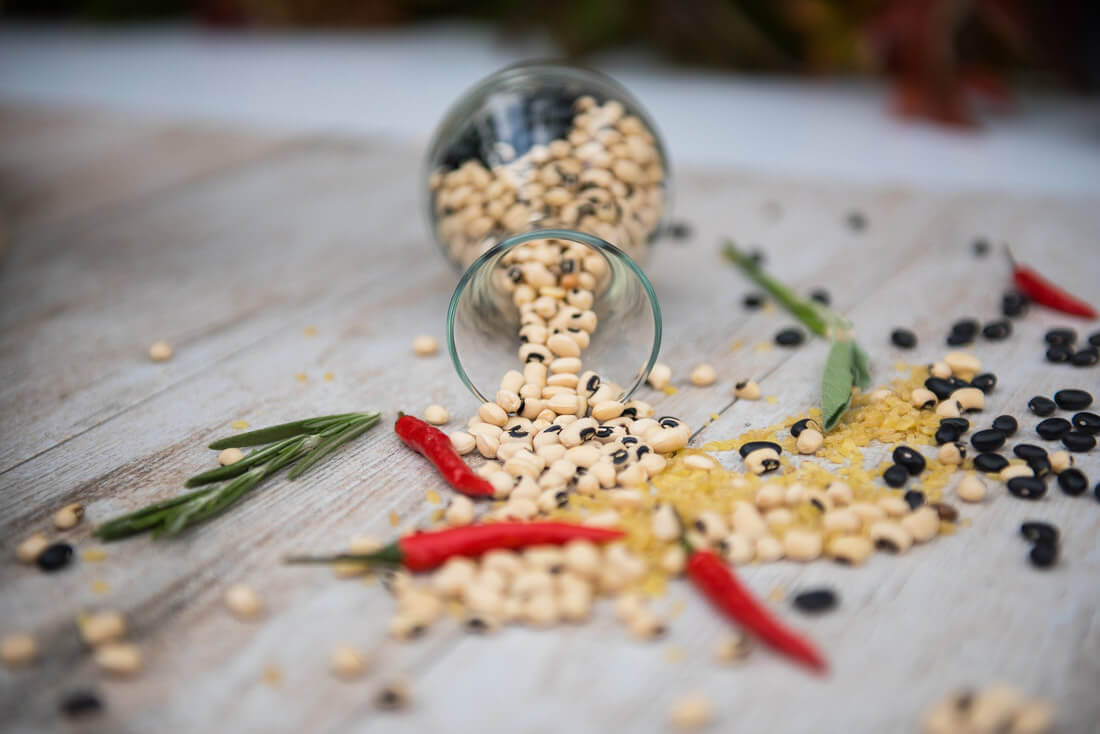
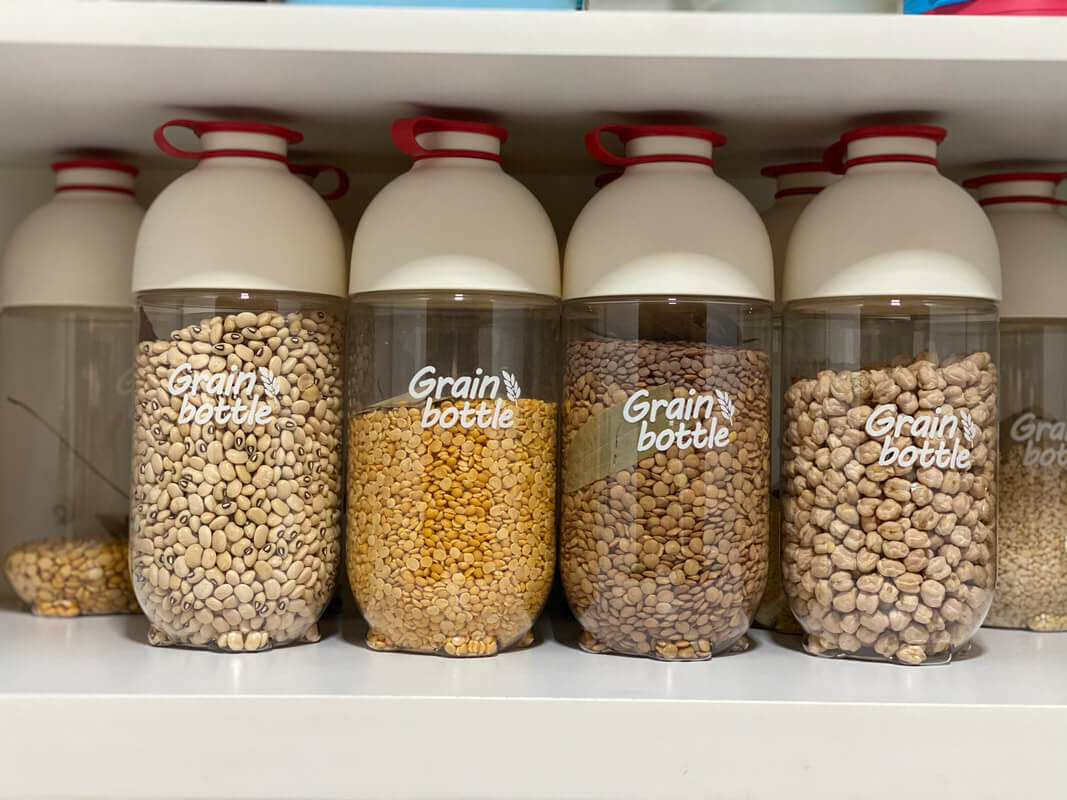

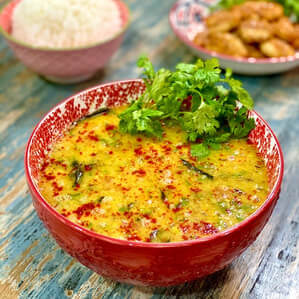
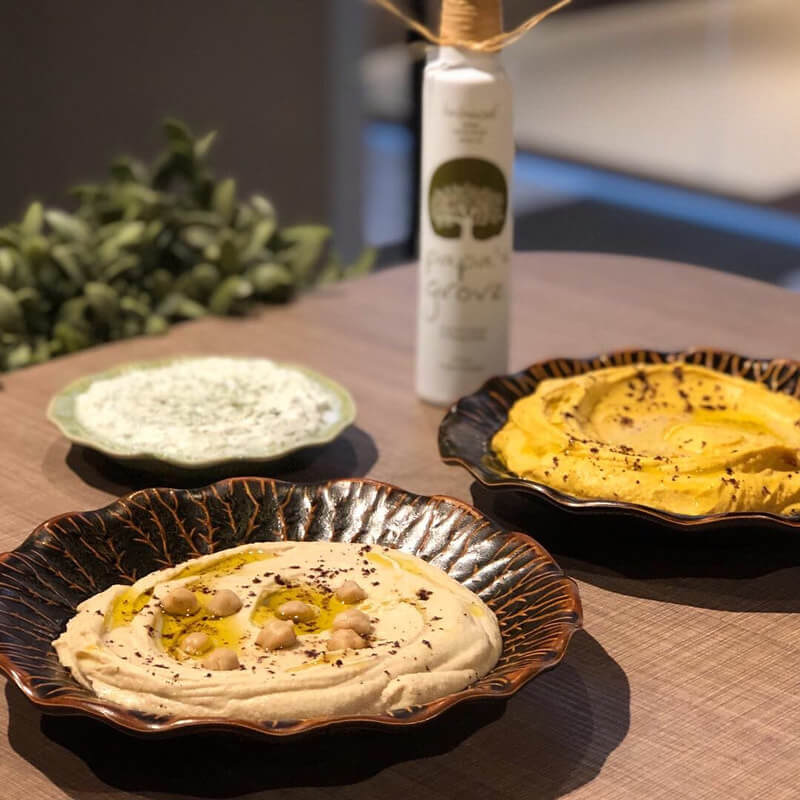
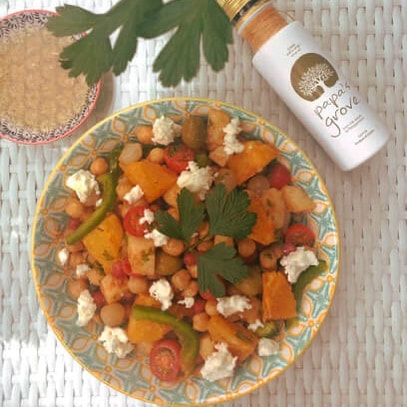
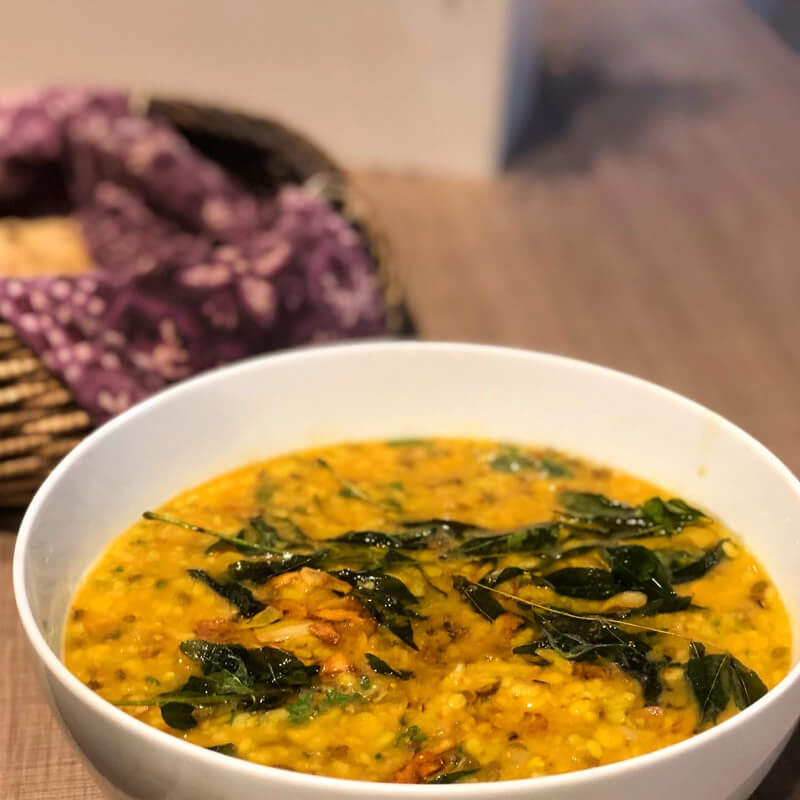
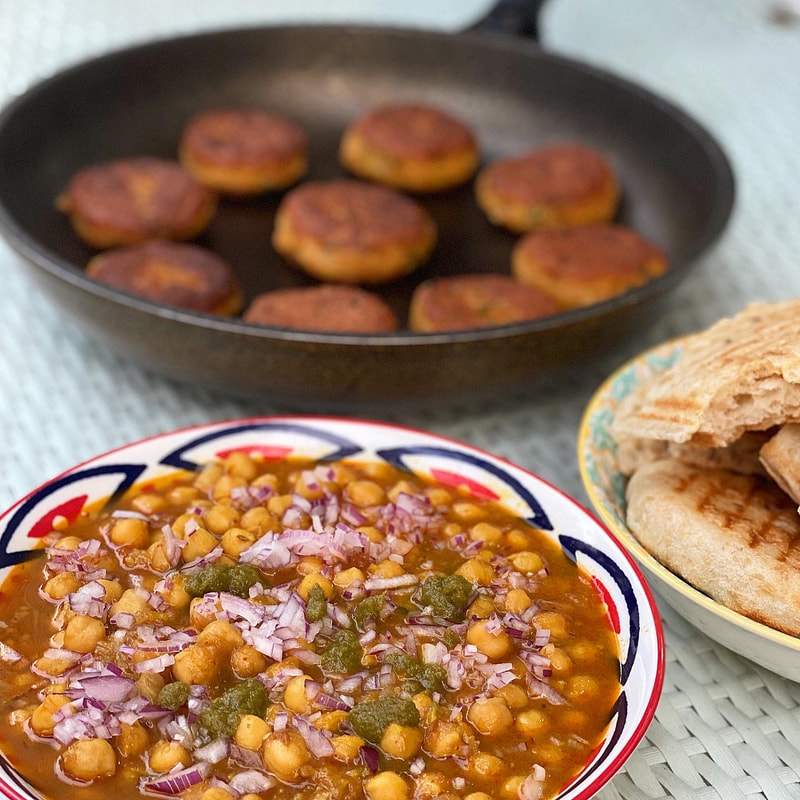
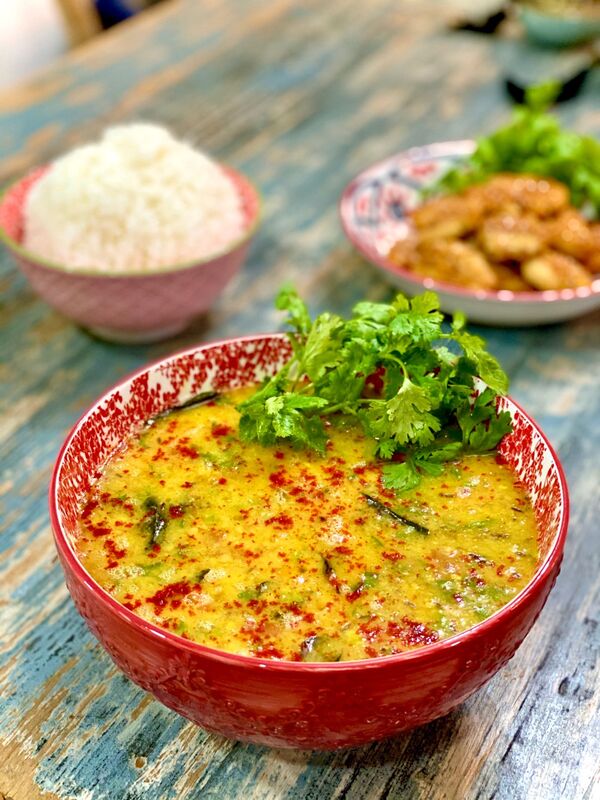
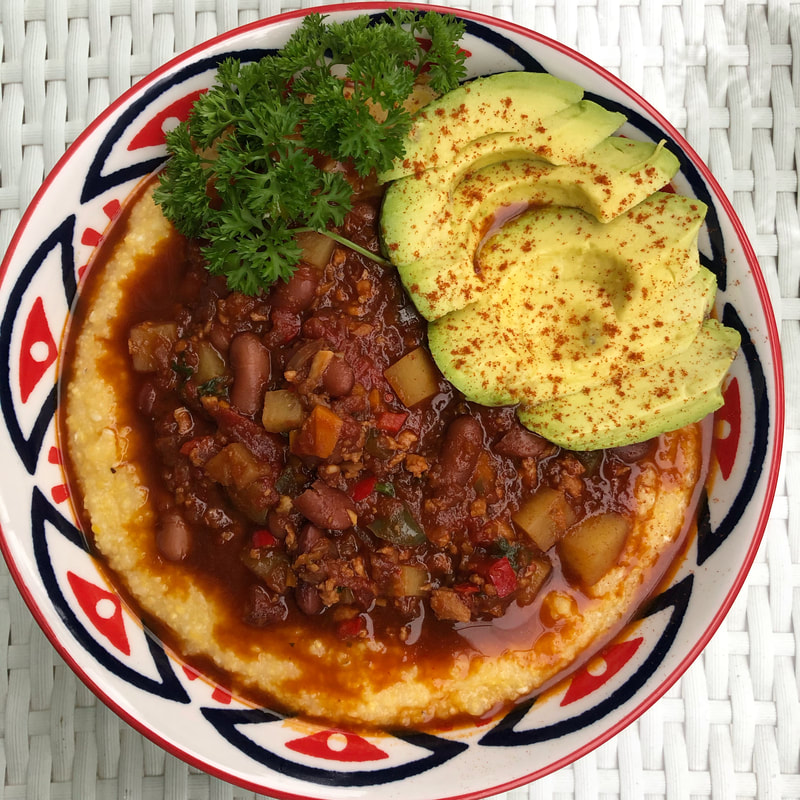
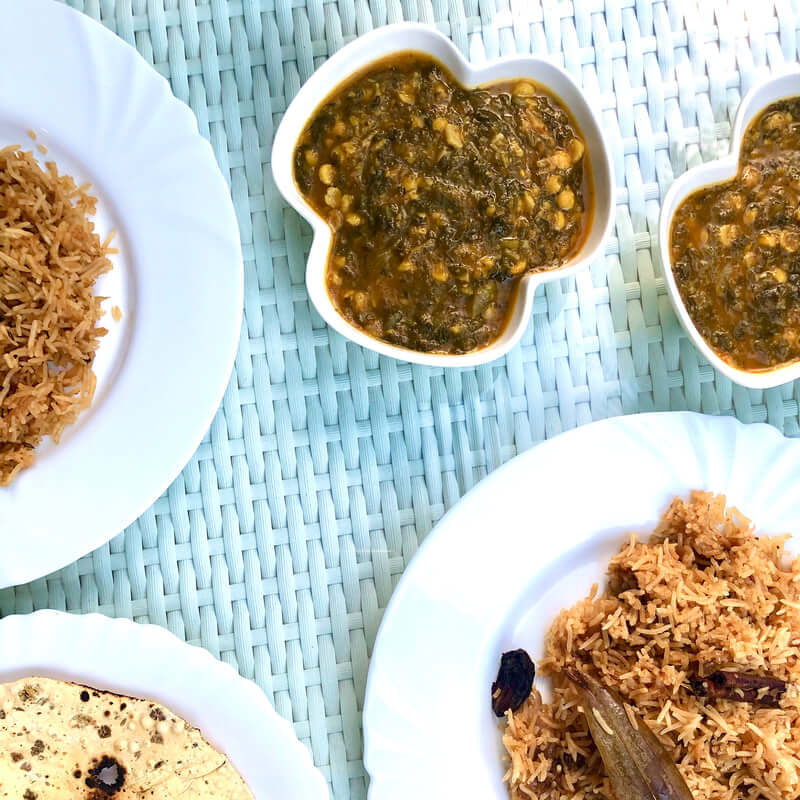
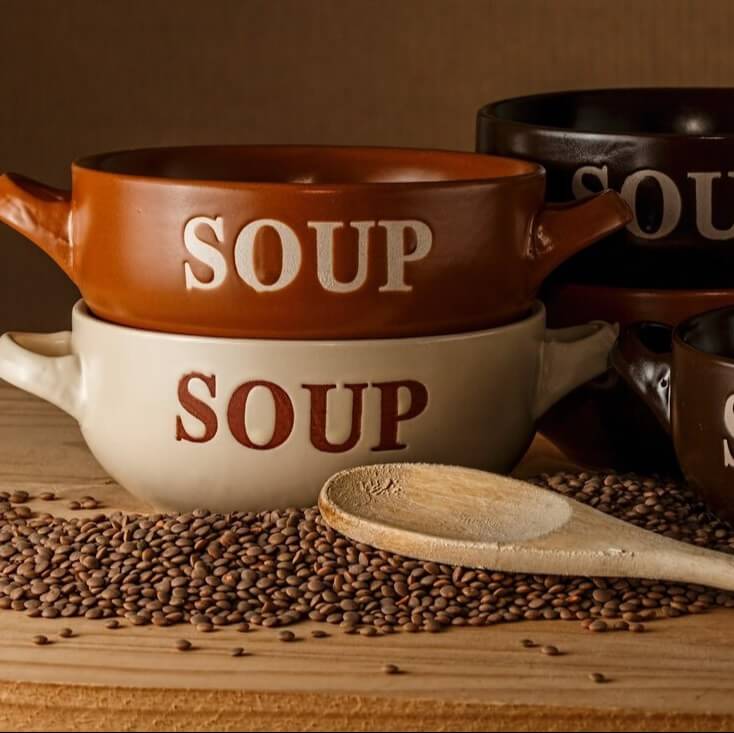
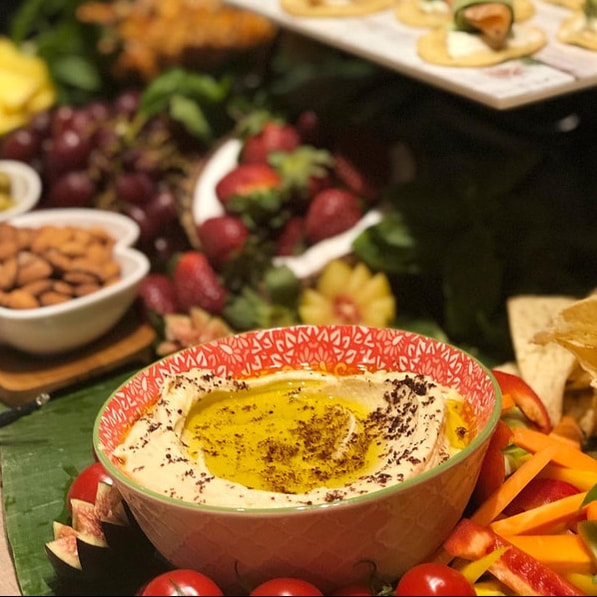
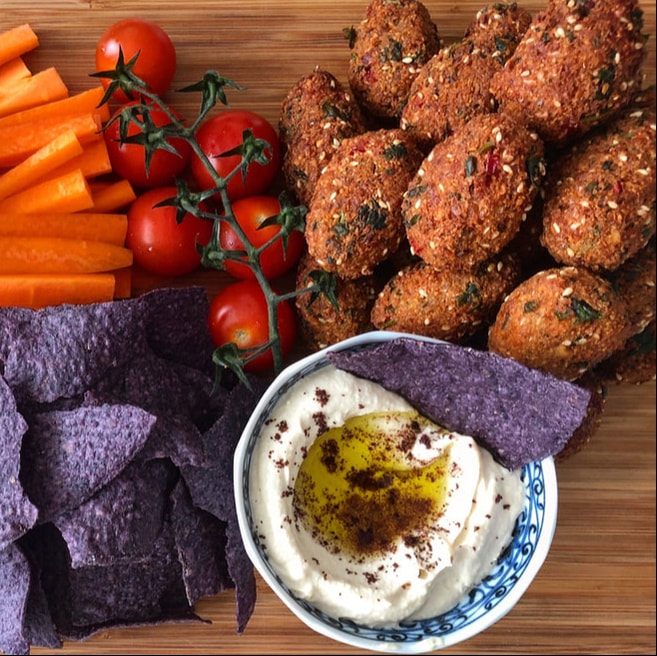

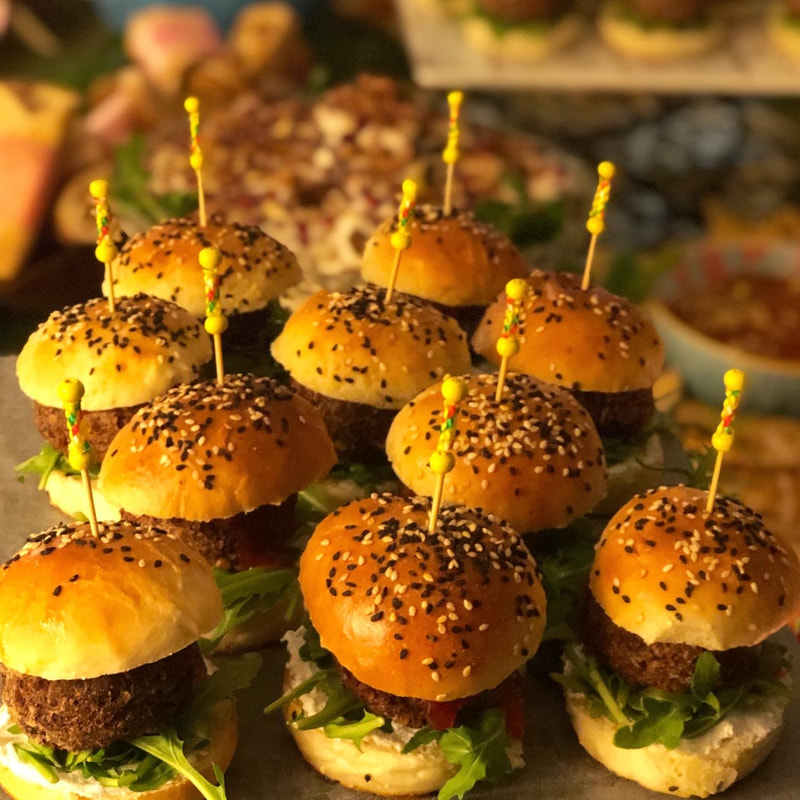
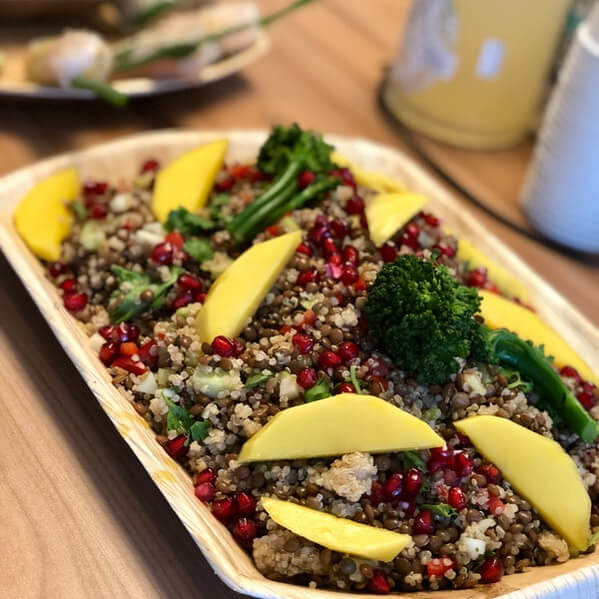
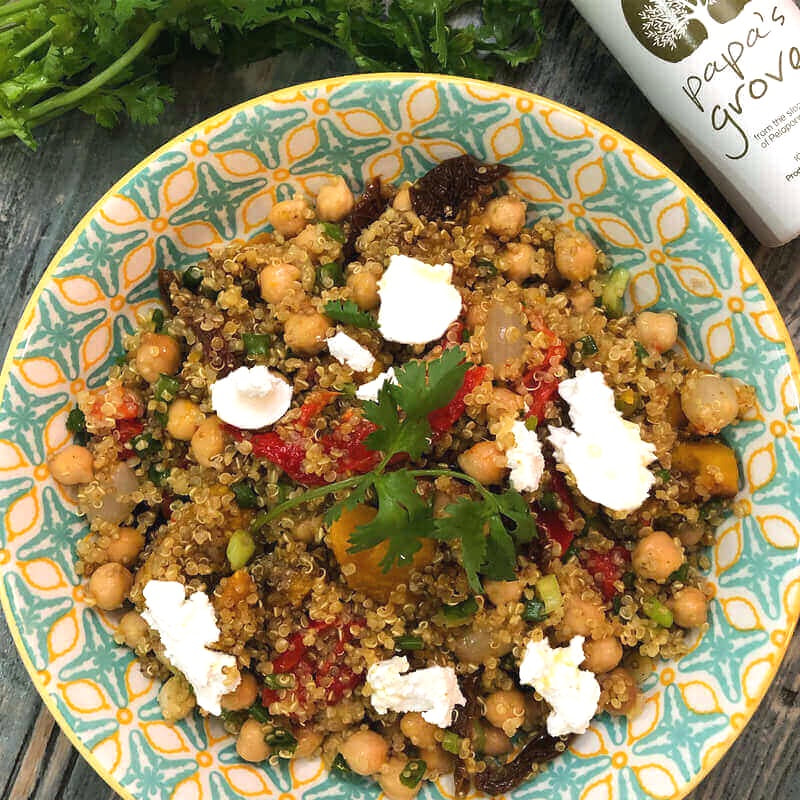
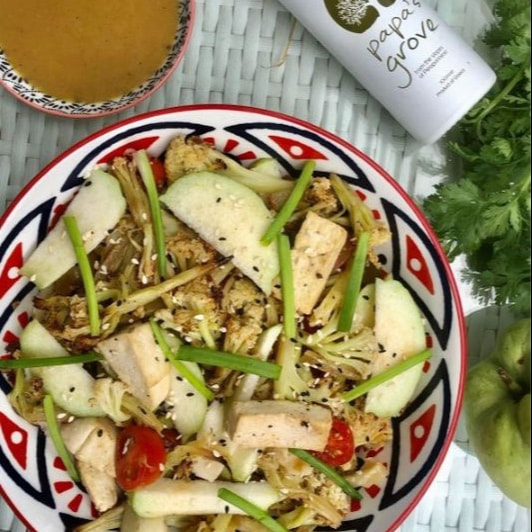
 RSS Feed
RSS Feed
